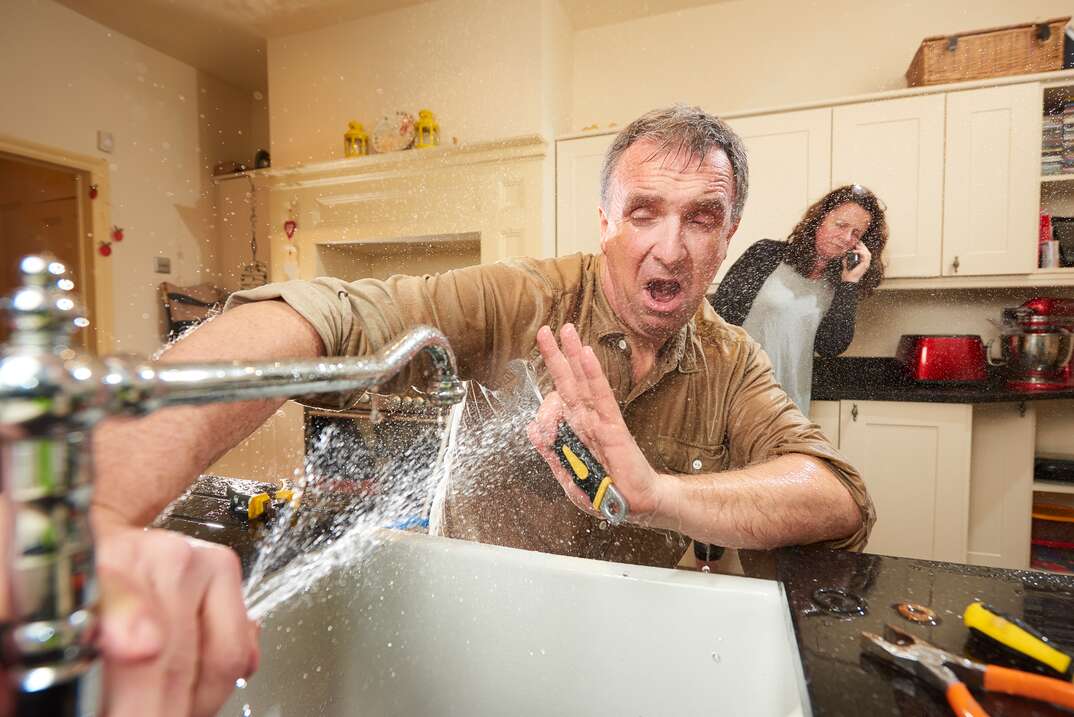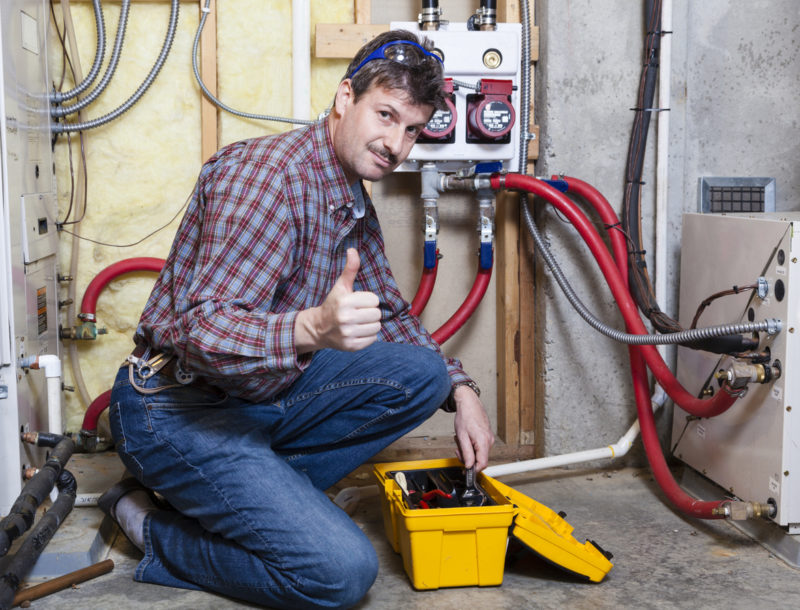Deciding When to DIY and When You Should Contact Qualified Plumbing Services
Deciding When to DIY and When You Should Contact Qualified Plumbing Services
Blog Article
This post in the next paragraphs involving When to DIY and When to Call in the Plumbing Pros is highly engaging. Don't overlook it.

Intro
Pipes problems can vary from small aggravations to major migraines, often motivating house owners to make a decision in between dealing with the trouble themselves or calling a professional plumbing. Recognizing when to DIY and when to seek professional aid can conserve time, cash, and protect against potential disasters. This short article checks out the aspects to think about when making this crucial decision.
Advantages of DIY Pipes
Tackling plumbing jobs on your own can be satisfying in several means, particularly for easier projects.
Complexity of Tasks
Some plumbing issues require specialized expertise and devices beyond regular home owner abilities. Mishandling complex issues can result in more damage and pricey repair work.
Safety and security Worries
Working with plumbing systems includes threats such as exposure to water damage, potential for electrical dangers, and dealing with devices inaccurately. Security safety measures should be observed to avoid accidents and make certain reliable repair services.
Indicators to Call a Specialist Plumbing
Recognizing when a plumbing issue exceeds DIY abilities is vital to stop aggravating issues.
Indications of Complex Issues
Instances consist of:
Trigger professional treatment is required to address these concerns efficiently and reduce damage.
DIY Pipes Tips
For successful do it yourself plumbing, it's vital to be prepared with the right tools and adhere to proper treatments.
Fundamental Devices and Materials
Secret devices for DIY pipes:
Step-by-Step Guides
Clear instructions guarantee secure and reliable do it yourself repairs:
Picking the Right Time to Do It Yourself
Identifying when to tackle plumbing jobs on your own calls for examining both the complexity of the issue and individual comfort levels.
Evaluation Checklist
Think about:
Cost Cost savings
DIY plumbing tasks frequently conserve cash by avoiding expert service charge. Tasks like repairing small leakages, replacing faucets, or setting up brand-new showerheads are examples where home owners can handle repair work without employing a plumbing.
Skill Improvement
Taking part in do it yourself pipes supplies an opportunity to learn and improve useful skills. Basic tasks empower homeowners to understand their pipes systems far better and gain self-confidence in taking care of tiny repair services independently.
Dangers of DIY Pipes
While DIY tasks offer benefits, specific risks should be thoroughly taken into consideration before attempting repairs.
When to Most Definitely Call an Expert
Certain scenarios demand instant professional focus to prevent substantial damages or security threats.
Emergency Scenarios
Examples include:
Finding and Employing an Expert Plumbing Professional
Picking a certified plumbing professional ensures trusted solution and satisfaction in settling pipes concerns.
Standards for Choice
Elements to consider:
Price Analysis: DIY vs. Specialist Solutions
Comparing the monetary implications of DIY initiatives versus expert pipes services helps in making educated choices.
Financial Considerations
Evaluate:
Final thought
Making a decision whether to do it yourself or call a professional plumber depends upon recognizing the intricacy of pipes concerns and individual capabilities. By weighing the advantages and threats, homeowners can make informed choices that advertise reliable upkeep and protect their homes from plumbing disasters.
DIY Plumbing Projects: What Homeowners Can Do and When to Call a Professional
Welcome to our comprehensive guide on DIY plumbing projects. In this blog post, we aim to empower homeowners with the knowledge and skills to tackle basic plumbing tasks around the house. From unclogging drains to fixing a leaky faucet, we’ll walk you through step-by-step instructions on how to handle these common issues.
However, not all plumbing problems can or should be solved with a DIY approach. Recognizing when a problem is beyond your skill level and requires professional intervention is just as important as knowing how to perform basic tasks. We’ll also discuss the signs that indicate it’s time to put down your tools and pick up the phone to call a professional plumber. By understanding when to DIY and when to call a professional, you can save time, avoid potential disasters, and ensure your home’s plumbing system remains in top shape.
Understanding Plumbing Basics
Before we dive into the DIY projects, let’s take a moment to understand the basics of your home’s plumbing system. A typical residential plumbing system consists of two major components: the water supply system, which brings fresh water into your home, and the drainage system, which removes waste water. These systems are made up of a network of pipes, valves, and fixtures that work together to deliver clean water and dispose of waste efficiently.
Regular maintenance of your plumbing system is crucial to prevent minor issues from escalating into major problems. This includes tasks like checking for leaks, removing minor clogs, and ensuring your pipes are insulated for winter. By performing these tasks regularly, you can extend the lifespan of your plumbing system, save money on water bills, and maintain the comfort and hygiene of your home.
In the following sections, we’ll explore some common DIY plumbing projects that homeowners can handle, as well as situations that require the expertise of a professional plumber. Whether you’re a seasoned DIY enthusiast or a beginner, this guide will provide you with valuable insights into the world of home plumbing.
DIY Plumbing Projects Homeowners Can Handle
Plumbing may seem intimidating, but there are several tasks that homeowners can confidently tackle with a little guidance and the right tools. Here are a few common issues you might encounter and how to address them.
Unclogging Drains
Use a Plunger: This is your first line of defense. A good old-fashioned plunger can dislodge the obstruction and clear the drain in many cases. Try a Plumber’s Snake or Hand Auger: If the plunger doesn’t work, a plumber’s snake or hand auger can reach deeper into the pipe to break up the clog. Use a Drain Cleaner: If physical methods fail, a chemical drain cleaner can dissolve the clog. However, use these products sparingly as they can damage your pipes if overused.

Do you enjoy more info about ? Put feedback further down. We will be pleased to know your ideas about this post. Hoping to see you back again soon. Please take a moment to share this post if you enjoyed reading it. We enjoy your readership.
Call Today Report this page